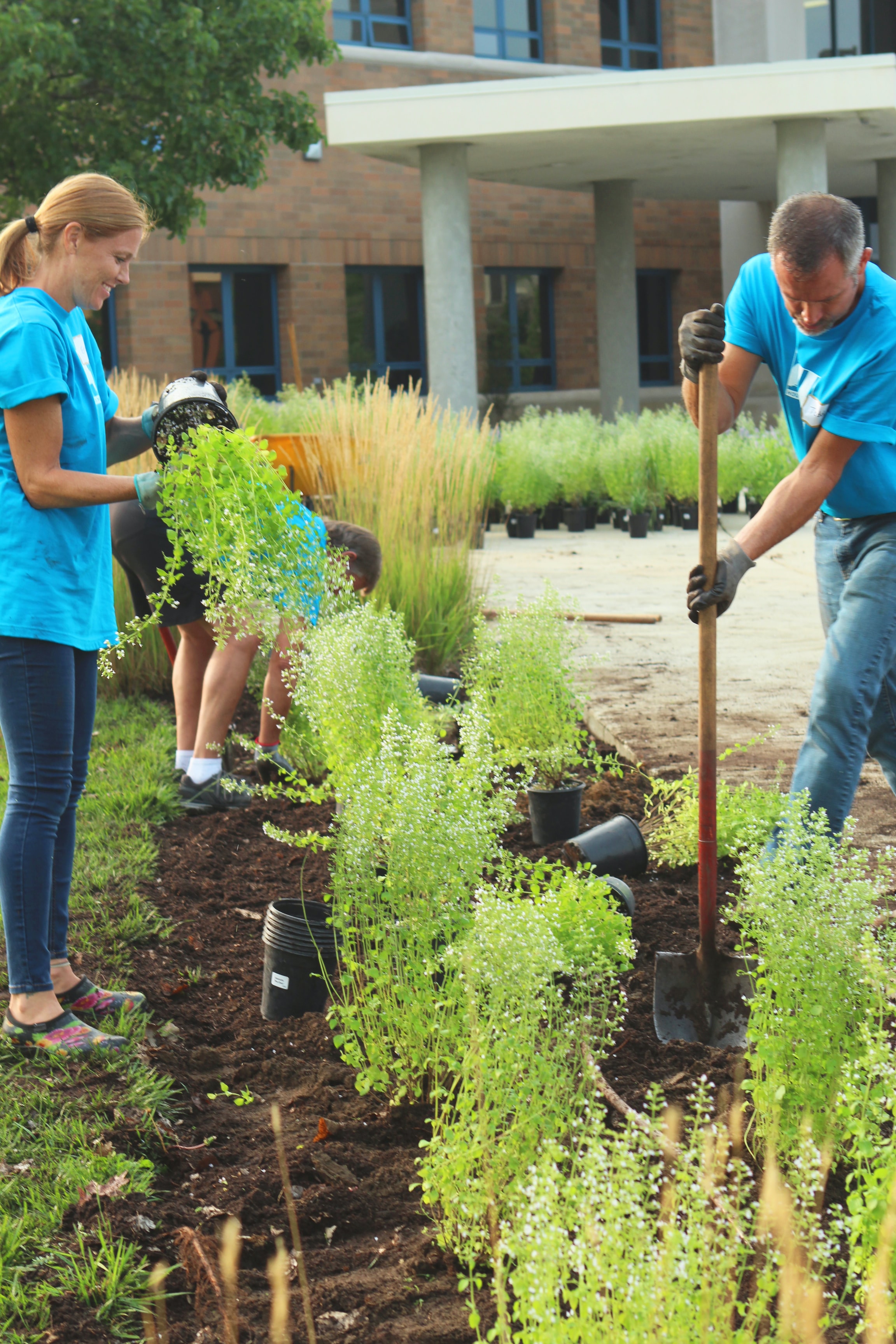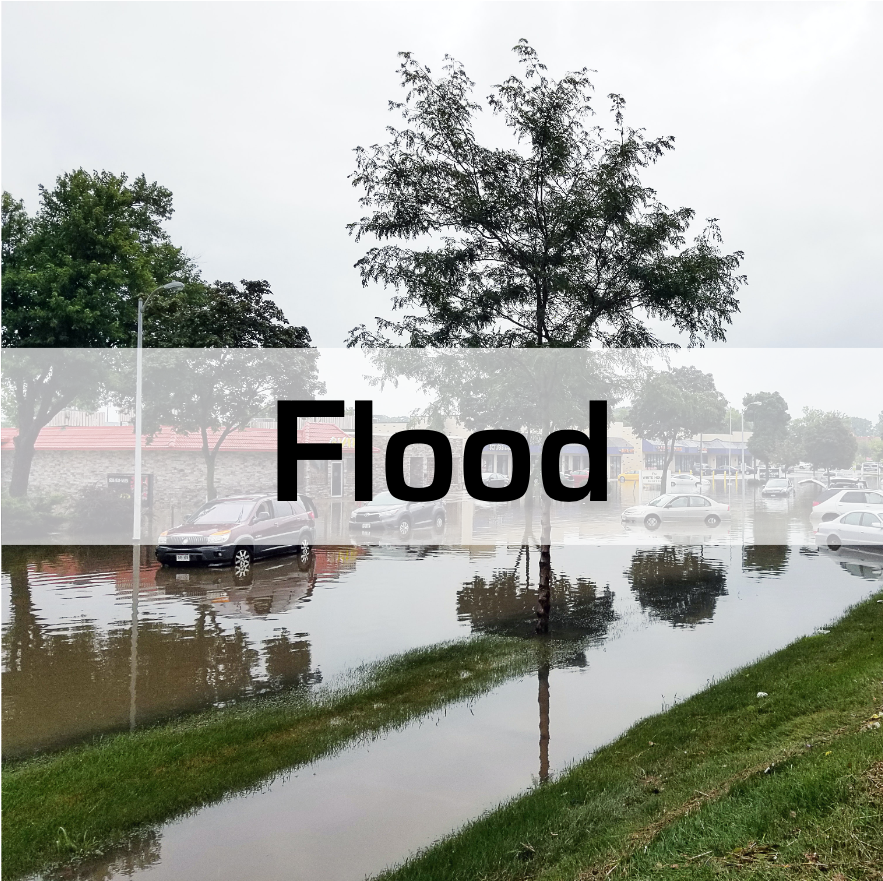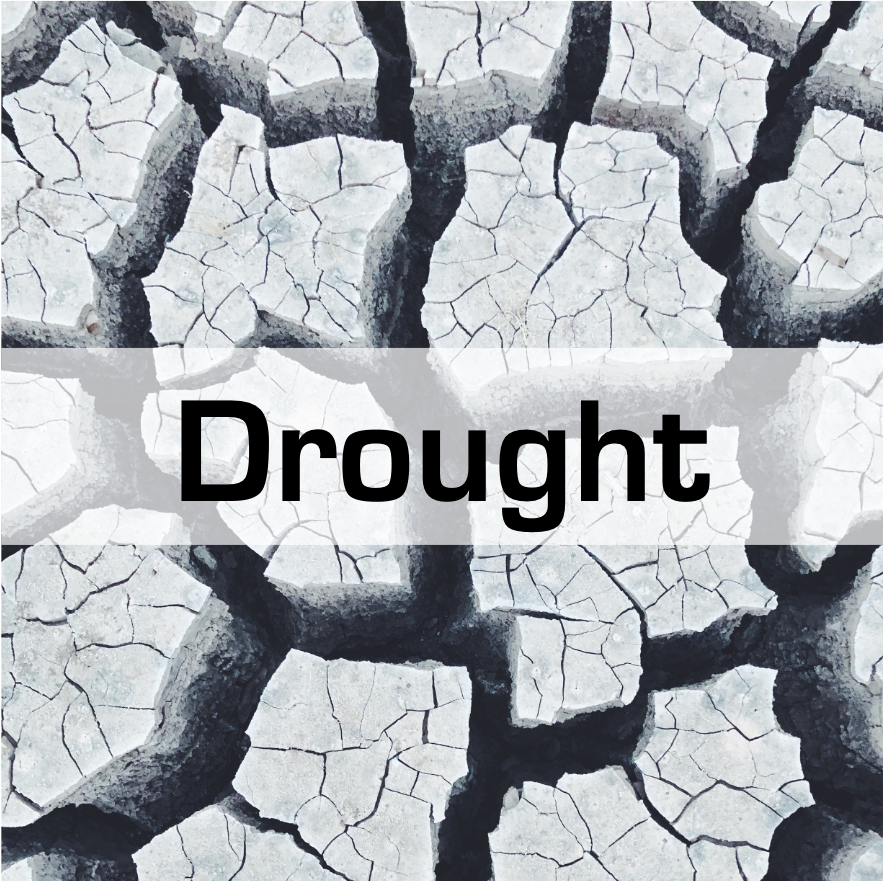
What can YOU do as a Colorado middle or high school student to help
YOUR community plan for, respond to, and rebound from natural hazards?

The deadline for the 2020 Virtual Expo has passed, but please stay tuned for future funding competitions!
Students submitted their ideas to increase resilience to natural hazards (wildfire, flood, drought, and/or other climate-change related hazards) in their communities. Teachers can support their students' participation by using the HEART Force curriculum to help them develop their ideas. The curriculum is easily adaptable to remote learning. Projects can be submitted by individual students, a group of students, or a class.
Submission Guidelines
Tell us about a plan that will help your community by uploading a virtual poster (in PDF format) or a 2-5 minute YouTube video presentation. Plans should be grounded in actions that you, your group, or your class can implement. For example, does your community need more information about what to do if fire/flood/drought threatens their community? What information would you provide, and how could you get them this information? Or, is there a small project you could try implementing in one place, like building a rain garden to help with stormwater management? Or, do you need to draw more attention to an issue in your community in order to implement a solution at a community-level? How could you reach out to the city council or identify and reach out to other community members to get them involved in this effort? Check out the Project Examples section below for projects completed by other students, and/or ask your community members about their needs and ideas.
For submission to the Virtual Expo, the poster or video must include:
- Project Description: What is your solution?
- What do you plan to do?
- Where do you plan to do it?
- Who are the stakeholders? Who will you involve and what will their role in the project be?
- What resources do you need to complete the project? How do you plan to get these resources?
- What is a suggested timeline (and how will you take into account potential social-distancing requirements due to COVID-19?)
- Project Justification
- Why is your project important? What is your evidence, and/or how do you know this is a need in your community?
- Who will the project benefit?
- Project Budget (if you plan to apply for grant funds)
- See example budget here
Project Examples and Strategies From Local Mitigation Plans

- Research actions that can be taken in your local forests to improve forest health. Can you assist with removing fuel loads to make the forest healthier? Planting more trees? The Forests to Faucets partnership was developed in Colorado to improve forest health, to increase drinking water supply resilience to wildfires, floods, and drought. U.S. Climate Resilience Toolkit
- Create an educational campaign (e.g. poster, video, commercial) on the potential for a natural hazard to occur in your community. Montrose County Hazard Mitigation Plan
- Create a database and/or map that shows the accessibility needs present in your community for vulnerable populations (elderly, disabled, etc.); ask people to register their address, medications they need, service animals, and other accessibility needs to ensure the right type of help can be offered during a natural disaster. Montrose County Hazard Mitigation Plan
- Develop public information campaigns on where shelters are located and what to do with pets and livestock in the case of an emergency. Montrose County Hazard Mitigation Plan
- Develop a public information campaign on how to create a 72 hour go-kit (which contains supplies and personal items to leave the home in the event of an evacuation). Montrose County Hazard Mitigation Plan
- Run a local fundraiser in your community to purchase backup power generators for all schools designated as Red Cross Shelters. Montrose County Mitigation Plan
- Create a community outreach campaign. Students at Estes Park Middle School encouraged their community to use Firewise USA guidelines to protect their homes in case of a wildfire. Learn more about the program here. Earth Force Rocky Mountain Environmental Hazards Challenge
- Help homeowners in Wildland Urban Interface areas implement defensible space projects following FireWise guidelines. Students in Estes Park partnered with the Estes Valley Fire Protection District to take Firewise USA action steps and helped homeowners make their homes Firewise. Learn more about the program here. Earth Force Rocky Mountain Environmental Hazards Challenge
- Identify the best plants for forest restoration following a recent wildfire in your area, and plan a community seeding event.
- Create an education campaign with guidelines for safe ditch burning practices.
- Volunteer with a local farmer or rancher to assist with safe practices for ditch burning.
- Meet with the town planner. Students at Pagosa Springs High School toured a flood prone area in their community with the town planner, and suggested a location for creating a flood detention basin. Additionally, students suggested re-writing building codes to include flood mitigation incentives for new construction. HEART Force Program
- Study the impact of flooding in your community. Students at Blevins Middle School placed wildlife cameras in drainage basins around Fort Collins to study the impact of flooding on wildlife. Earth Force Rocky Mountain Environmental Hazards Challenge
- Research and educate people in your community about how the stormwater drainage system could be expanded. Montrose County Hazard Mitigation Plan
- Create a public education campaign to encourage residents living in the floodplain to purchase flood insurance and teach them about mitigation activities that can be done around the home to reduce the impact of flooding. Montrose County Hazard Mitigation Plan
- Educate people about floodplains in your community to encourage your town to alter road and building locations. After the 2013 floods in the Front Range, the state has been rebuilding roads to maximize resilience by moving roads away from rivers and streams. U.S. Climate Resilience Toolkit
- Research smart building techniques and investigate opportunities for using these techniques in your community. Fort Collins used smart building techniques in a floodplain next to the Cache la Poudre River to develop a new manufacturing center. U.S. Climate Resilience Toolkit
- Create a plan outlining individual actions your community can take to help mitigate against a flood. After severe flooding in 1997, the city of Fort Collins doubled down in efforts to plan for the future in the floodplain in city limits. This article lists six flood mitigation strategies the city used. U.S. Climate Resilience Toolkit
- To reduce erosion, identify vulnerable hillslopes in flood prone areas to plant with native vegetation.
- Create a plan outlining individual actions your community can take to help conserve water. Students at Ignacio Middle School proposed creating a Drought Resilience plan for the community to display at the local library. HEART Force Program
- Talk with farmers in your community about how to use data to use water efficiently. Learn how a dairy farmer in Utah uses real time climate data to use water efficiently and increase crop yield. U.S. Climate Resilience Toolkit
- Investigate water use restrictions in place for drought conditions, and suggest improvements and/or create a public outreach campaign (ie. a poster or commercial) to educate residents on the restrictions.
- Create a public outreach strategy to educate residents and visitors on the importance of water conservation during both drought and non-drought years.
- Plan a pollinator garden using low water-use native plants at your school or in your community.
- Develop an outreach campaign (a poster, commercial, or newspaper ad) to encourage local homeowners to take out water-intensive lawns and replace them with water conserving native plants.
- Develop a plan to remove water thirsty invasive plants (ie. Russian Olive and Tamarisk) from local riparian areas.
- Work with the school staff to install water conserving faucets and toilets.
- Install a rain barrel to collect rainwater for gardens at a community center or school.
Grant Funding Competition
Grant funds of up to $500 are available for students who would like to implement their project. These projects will be judged by natural hazard experts, community members, and CIRES, Earth Force, and Mountain Studies Institute staff. Indicate in your submission form if you would like for your project to be considered for the funding competition. Please also submit a budget outlining your expenses that shows how you would plan to use the funds - find an example budget here. Projects that are awarded funding will be asked to write a 1-page narrative outlining their plan, and to submit a letter of support from their teacher or other adult community member who can serve as the fiscal agent for the funds. Please note that at this time, projects addressing hazards outside of wildfire, flood, and drought cannot be considered for funding.
Resilient Colorado Expo Galleries




